Understanding Google Ads Target Impression Share: A Strategic Approach to Visibility
Google Ads Target Impression Share is a bidding strategy that helps advertisers control how often their ads appear relative to the total available impressions for specific keywords or placements. This method allows marketers to set a target percentage of impressions they want to capture, prioritizing ad visibility over clicks or conversions. As noted by Search Engine Land, “Target Impression Share bidding allows advertisers to be more deliberate about where and how often their ads show up,” making it valuable for campaigns focused on visibility.
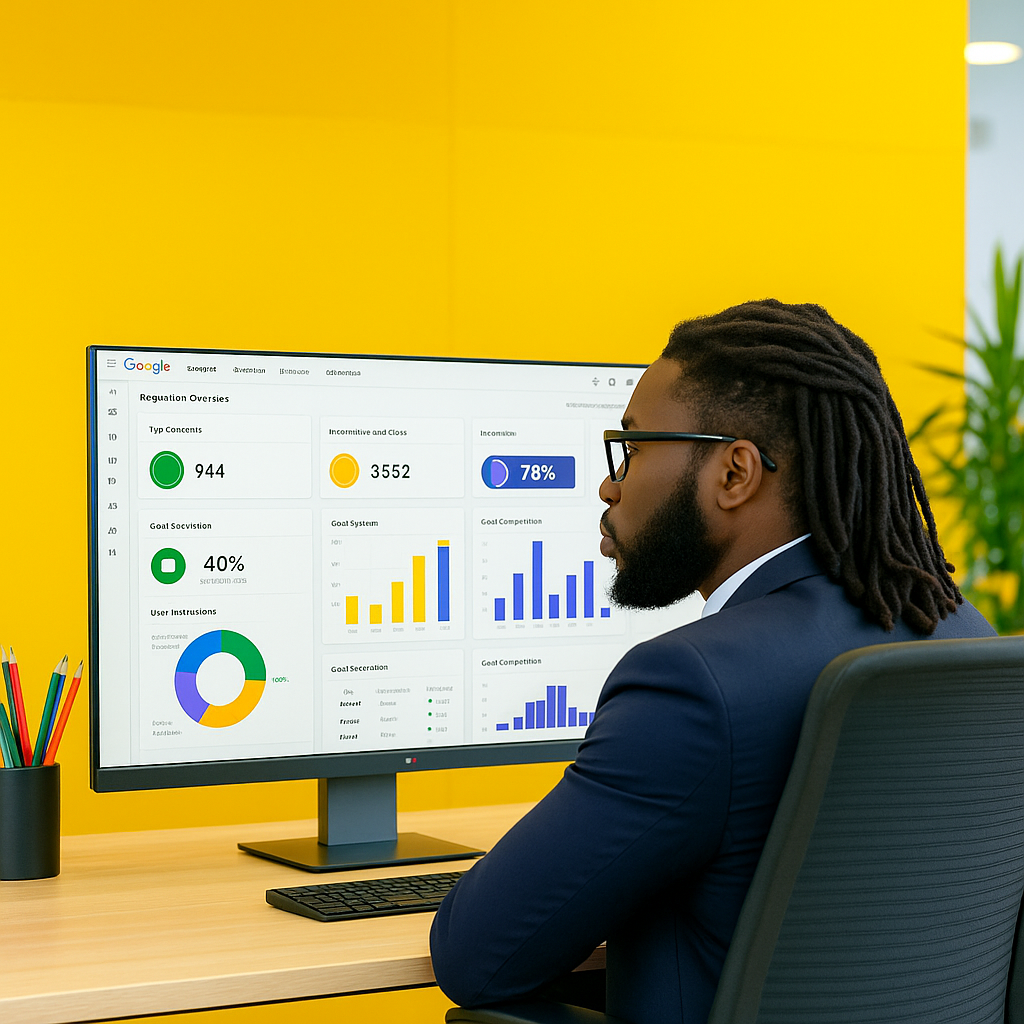
This strategy shifts the focus from traditional cost-per-click bidding to an impression-centric approach, enabling advertisers to specify whether their ads appear anywhere on the page, at the top, or in the absolute top position. Understanding this bidding method is important for balancing budget constraints with the desire for prominent ad placement. Insights from Search Engine Land provide practical guidance on when and how to use Target Impression Share to maximize campaign impact.
Mechanics and Benefits of Target Impression Share Bidding
Target Impression Share bidding prioritizes ad visibility by focusing on the proportion of available impressions captured rather than clicks or conversions. Advertisers set a goal for how frequently their ads appear on the search results page, choosing placements such as anywhere on the page, the top, or the absolute top position. This control is valuable for campaigns aiming to build brand awareness or maintain a competitive stance.
The strategy encourages a shift from cost-per-click bidding to an impression-focused mindset. Instead of maximizing clicks within a fixed budget, advertisers target a percentage of impressions, aligning ad delivery with broader marketing objectives. This is useful for businesses wanting consistent ad visibility, even if immediate conversions are not the primary goal. The option to select ad position allows tailoring visibility to the importance of keywords or placements, balancing cost and exposure.
Implementing Target Impression Share requires understanding campaign goals and budget management. Costs can fluctuate based on competition and keyword demand, so monitoring performance is necessary to avoid overspending while achieving visibility targets. This bidding method is most effective during product launches or competitive periods, where maintaining a strong presence influences market perception and customer recall.
Maximizing Visibility with Precision
Target Impression Share offers a way to set precise goals for ad frequency in search results. Unlike traditional bidding focused on clicks or conversions, it targets a specific percentage of available impressions, securing prominent placements such as the absolute top of the page or anywhere on the search results page. This control benefits campaigns prioritizing brand presence and competitive positioning over immediate direct response metrics.
The strategy uses a cost-per-click charging model, meaning advertisers pay only when users click their ads, but bidding aims to meet visibility targets rather than maximize clicks or conversions. While this can increase costs if click-through rates or quality scores are low, it helps protect brand terms or dominate critical keywords in competitive markets. Setting a maximum CPC bid helps manage budgets while striving for consistent exposure.
Target Impression Share is recommended for specific scenarios rather than as a default strategy. Campaigns focused on leads or sales often perform better with conversion-optimized strategies like Maximize Conversions or Maximize Clicks. Monitoring metrics such as CTR, Quality Score, and CPC is essential, as they affect cost efficiency and campaign effectiveness. Careful management and clear objectives are necessary to achieve meaningful results.
Frequently Asked Questions About Google Ads Target Impression Share
What types of campaigns benefit most from Target Impression Share?
This strategy suits advertisers prioritizing visibility over immediate conversions, such as brand awareness campaigns or efforts to dominate specific keywords. It is less effective for campaigns focused on direct sales or leads, where conversion-based bidding performs better.
How can advertisers manage budget and control costs?
Costs can vary significantly depending on competition and keyword demand. Advertisers can set a maximum CPC bid to control expenses but must monitor performance regularly to avoid overspending. Balancing impression share goals with cost efficiency requires ongoing adjustments.
How does ad position affect the strategy?
Advertisers can target impressions anywhere on the page, at the top, or in the absolute top position. Choosing the right placement depends on campaign goals and budget. Targeting the absolute top increases visibility but may raise costs, while broader placement targets offer flexibility with less guaranteed prominence.
How is success measured with Target Impression Share?
Since the focus is on visibility rather than clicks or conversions, traditional metrics like CTR or conversion rate may not fully reflect effectiveness. Tracking impression share, ad position, and brand awareness indicators provides a clearer view of performance. Combining these with cost data helps assess alignment with marketing objectives.
Conclusion
Google Ads Target Impression Share enables advertisers to prioritize visibility and control ad placement with precision, making it effective for brand awareness and competitive positioning. While it requires careful budget management and performance monitoring, this bidding approach aligns ad exposure with broader marketing goals beyond immediate conversions. Understanding when and how to implement Target Impression Share helps marketers maintain a strong presence in competitive auctions while managing costs effectively.
For more details, read the original article on Search Engine Land. As the article author states, “Target Impression Share bidding allows advertisers to be more deliberate about where and how often their ads show up.”


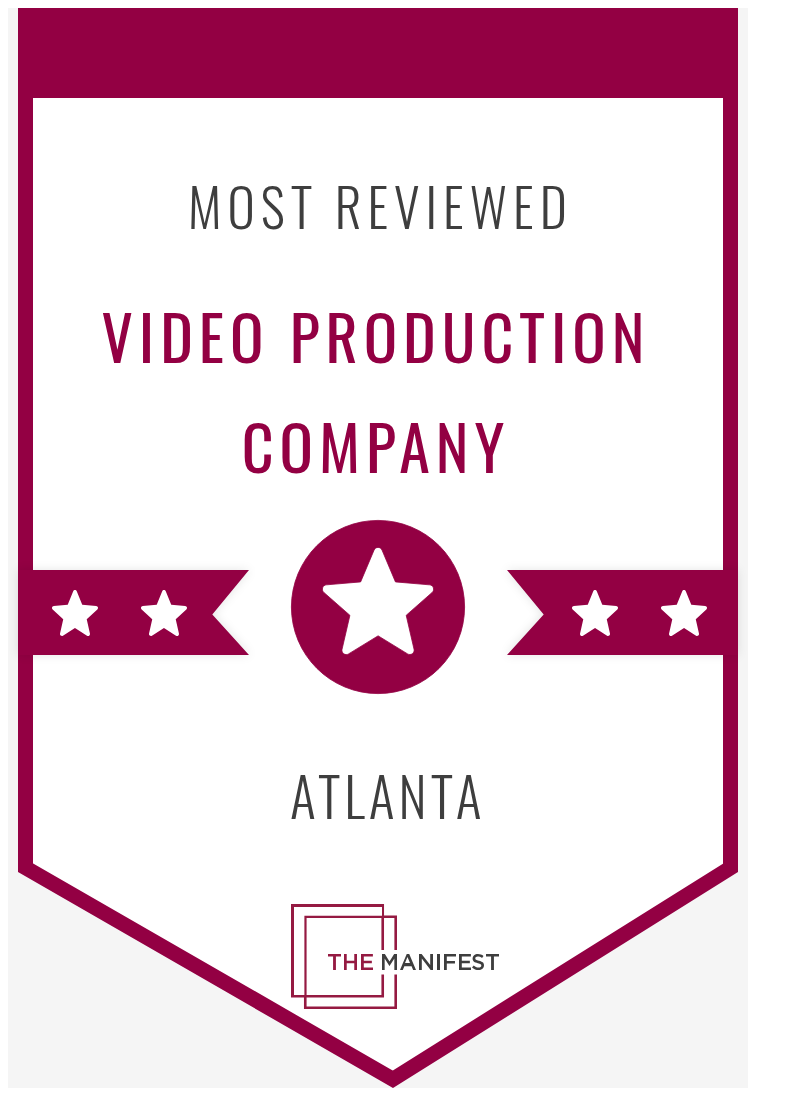


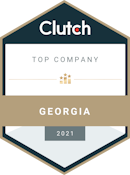
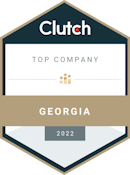

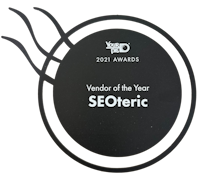




.png)

